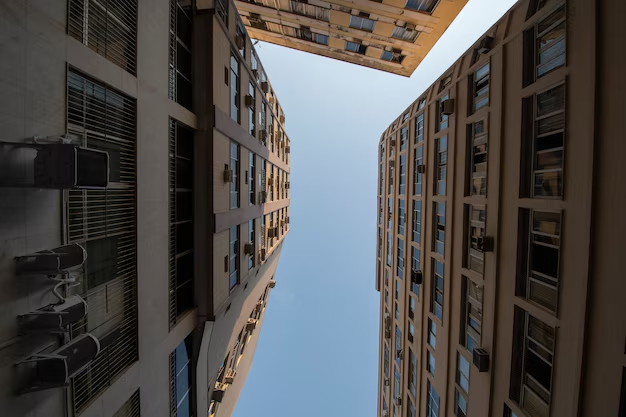What You Need to Know About the Cost of Buying an Apartment Building
If you're dreaming of venturing into real estate investment, you might be curious about how much an apartment building actually costs. The answer isn't as straightforward as quoting a single number. The price of an apartment building can vary widely based on a multitude of factors including location, size, age, and condition of the property. Understanding these variables can help you make an informed decision and set a realistic budget.
What Influences the Cost of an Apartment Building?
Location: One of the most significant determinants of an apartment building's price is its location. A building in a bustling metropolitan area like New York or San Francisco will likely cost more than one in a more rural setting. Proximity to amenities such as schools, public transport, shopping centers, and business districts also impacts the price.
Size and Units: The number of units in the building will naturally affect its cost. Larger buildings with more units are more expensive but, potentially, they offer greater returns on investment.
Building Age and Condition: Newly constructed or renovated buildings usually come at a premium. Conversely, older buildings may be cheaper upfront but could incur higher maintenance and repair costs.
Current Market Trends: Real estate markets fluctuate, and prices can go up or down based on the economy, interest rates, and housing demands. Keeping an eye on these trends can ensure you purchase at the right time.
Financing Your Apartment Building
Buying an apartment building is a significant financial commitment, and not everyone has the capital to pay upfront. Fortunately, there are financing options available:
Commercial Real Estate Loans: These are specifically designed to help investors purchase income-generating properties like apartment buildings. They often require a higher down payment than residential mortgages but can offer lower interest rates over the long term.
Government Programs and Grants: In some regions, government initiatives support real estate investments that provide affordable housing. Check local and federal assistance programs that might offer financial aid or tax incentives.
Partnerships: Pooling resources with partners can make the purchase more manageable. Partnerships can spread risk and also bring in additional expertise.
Additional Financial Considerations
Property Management
Managing an apartment building can be a complex task. While some investors choose to manage properties themselves, hiring a property management company can be a worthwhile investment to handle day-to-day operations.
Maintenance & Repairs
Always budget for ongoing maintenance and repairs. Consider setting aside a reserve fund to cover unexpected expenses such as roofing or plumbing issues, which may arise over time.
Revenue Streams
Besides the rental income, consider other potential revenue streams. These might include parking fees, laundry facilities, or leasing out space for businesses in mixed-use buildings.
Exploring Financial Aid and Relief Options
Purchasing and owning an apartment building requires strategic financial planning. To ease the burden, explore these financial aid and relief options:
- 🏦 Commercial Real Estate Loans: Obtain financing tailored for income-generating properties.
- 🏠 Federal and Local Housing Grants: Assistance aimed at promoting affordable housing projects.
- 🤝 Investment Partnerships: Team up with others to share costs and responsibilities.
- 🛠️ Maintenance Reserve Plans: Budget for repairs and unexpected expenses.
- 📈 Market Research Tools: Leverage data to time your purchase strategically.
Venturing into apartment building ownership isn't merely about understanding the cost. It's about strategic planning and leveraging financial tools to maximize your potential returns. Whether you're considering your first purchase or expanding an existing portfolio, understanding these elements will guide your journey toward success in real estate investment.
